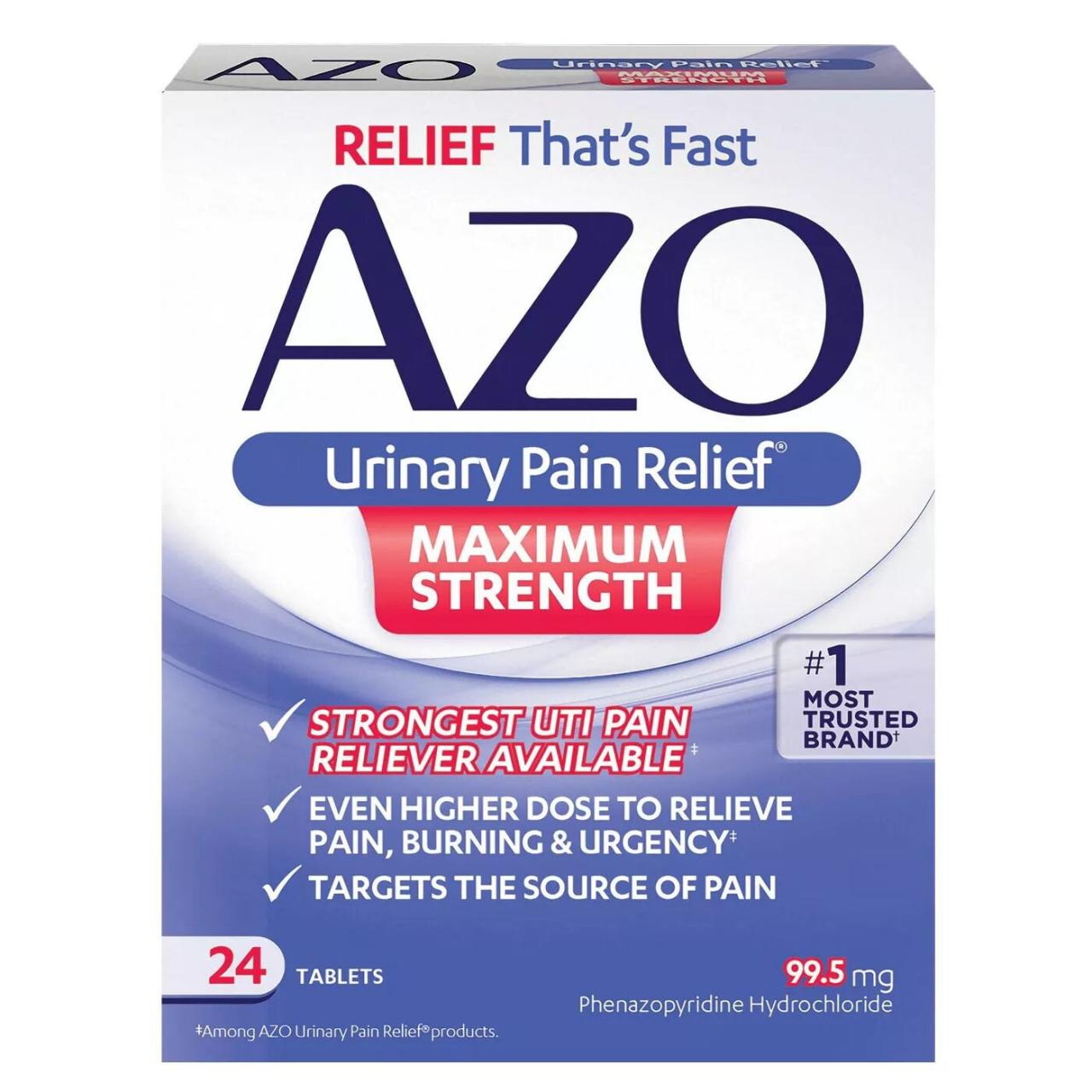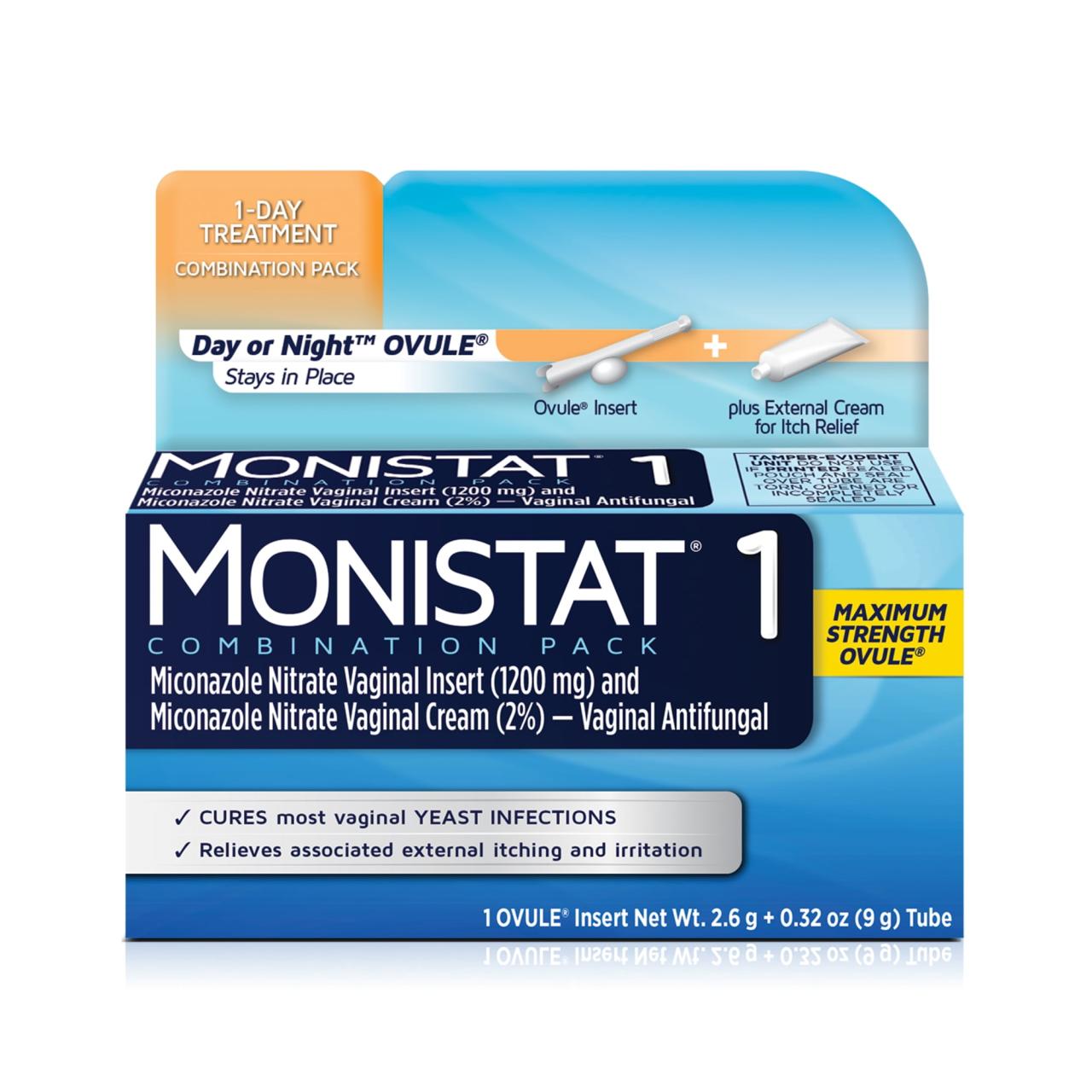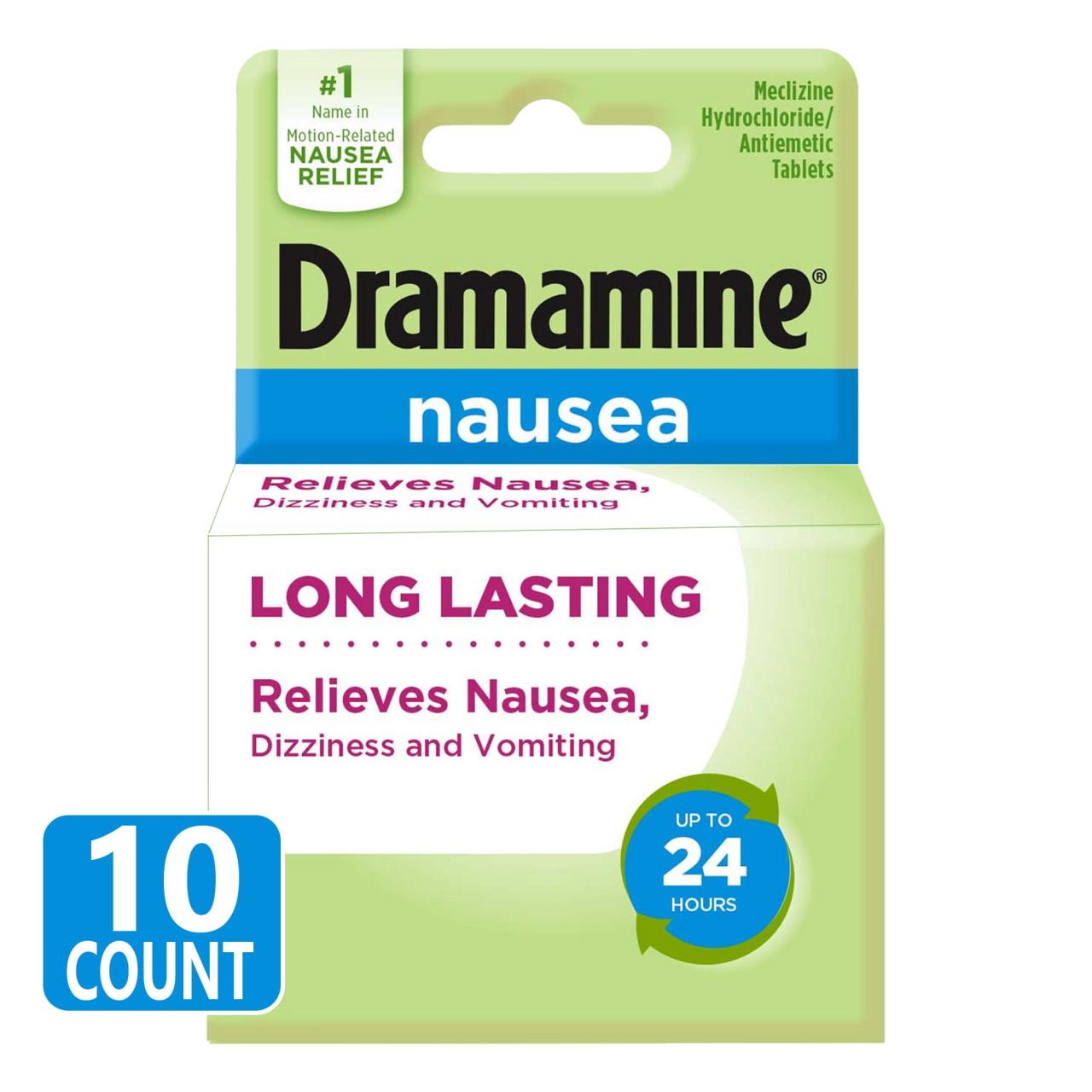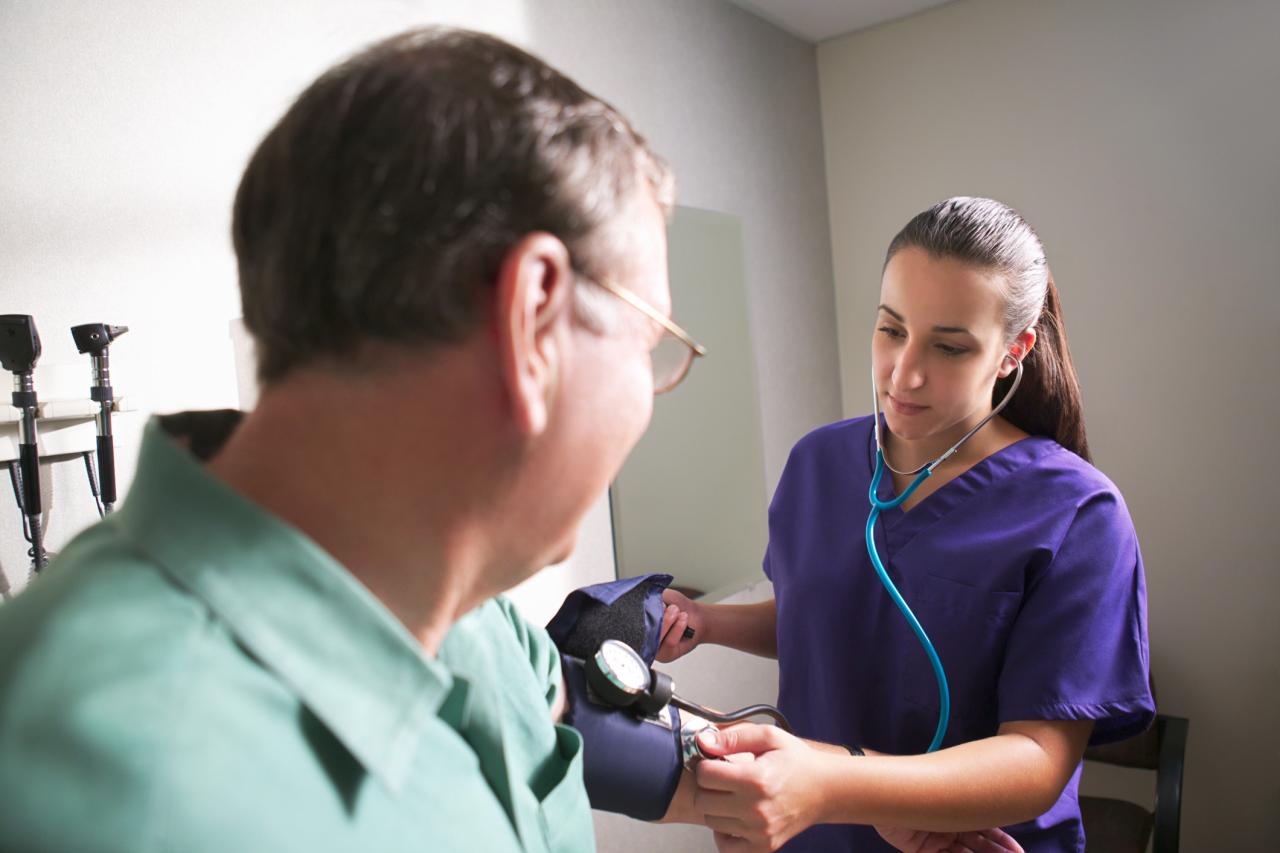Urinary tract infection medication plays a crucial role in effectively treating and managing these common infections. UTIs occur when bacteria enter the urinary tract, causing inflammation and discomfort. These infections can affect the bladder, urethra, kidneys, and even the prostate in men.
Symptoms often include pain during urination, frequent urination, urgency, and sometimes blood in the urine. While most UTIs are easily treatable with antibiotics, understanding the different types of medication available and choosing the right one is essential for successful recovery.
This article delves into the world of urinary tract infection medication, providing a comprehensive overview of treatment options, including prescription and over-the-counter medications, as well as natural remedies. We’ll discuss the various classes of antibiotics used to combat UTIs, explore their mechanisms of action, and highlight the importance of consulting a healthcare professional for proper diagnosis and treatment.
Urinary Tract Infections (UTIs): Urinary Tract Infection Medication
A urinary tract infection (UTI) is a common infection that occurs when bacteria enter the urinary tract, which includes the kidneys, bladder, ureters, and urethra. UTIs can affect people of all ages, but they are more common in women than men.
The symptoms of a UTI can vary depending on the location of the infection, but they often include pain or burning during urination, frequent urination, and cloudy or foul-smelling urine.
Causes of UTIs
The most common cause of UTIs is bacteria that normally live in the digestive tract. These bacteria can enter the urinary tract through the urethra, which is the opening at the end of the penis or the opening between the vagina and the anus.
- E. coliis the most common type of bacteria that causes UTIs. Other bacteria that can cause UTIs include Staphylococcus saprophyticus, Klebsiella pneumoniae, and Proteus mirabilis.
- Sexual activitycan increase the risk of UTIs, as it can push bacteria into the urethra.
- Hormonal changesin women, such as those that occur during pregnancy or menopause, can also increase the risk of UTIs.
- Blockages in the urinary tract, such as kidney stones or an enlarged prostate, can make it more difficult for urine to flow out of the body, which can increase the risk of a UTI.
- Weakened immune systemcan also make it more difficult for the body to fight off bacteria that cause UTIs.
Types of UTIs

UTIs can be classified into different types based on the location of the infection:
- Cystitisis an infection of the bladder. It is the most common type of UTI.
- Urethritisis an infection of the urethra. It is less common than cystitis.
- Pyelonephritisis an infection of the kidneys. It is the most serious type of UTI and can lead to sepsis, a life-threatening condition.
Symptoms of UTIs
The symptoms of a UTI can vary depending on the location and severity of the infection. Common symptoms include:
- Pain or burning during urination
- Frequent urination
- Cloudy or foul-smelling urine
- Blood in the urine
- Pelvic pain
- Fever
- Chills
- Nausea
- Vomiting
If you experience any of these symptoms, it is important to see a doctor to get diagnosed and treated.
Who is at Risk for UTIs?
Certain factors can increase the risk of developing a UTI. These factors include:
- Being female: Women are more likely to develop UTIs than men because their urethra is shorter and closer to the anus.
- Being sexually active: Sexual activity can push bacteria into the urethra.
- Having a history of UTIs: If you have had a UTI in the past, you are more likely to develop another one.
- Being pregnant: Hormonal changes during pregnancy can increase the risk of UTIs.
- Having diabetes: Diabetes can weaken the immune system and make it more difficult for the body to fight off bacteria.
- Having a weakened immune system: A weakened immune system can make it more difficult for the body to fight off bacteria that cause UTIs.
- Having a blockage in the urinary tract: Blockages in the urinary tract can make it more difficult for urine to flow out of the body, which can increase the risk of a UTI.
- Using a catheter: Catheters are tubes that are inserted into the bladder to drain urine. They can increase the risk of UTIs because they can introduce bacteria into the urinary tract.
Medication Types for UTIs
Antibiotics are the most common type of medication used to treat UTIs. They work by killing or inhibiting the growth of bacteria. Different classes of antibiotics are used to treat UTIs, each with its own mechanism of action and effectiveness.
- Sulfonamides: These antibiotics work by inhibiting the synthesis of folic acid, which is essential for bacterial growth. Examples include sulfamethoxazole-trimethoprim (Bactrim, Septra) and sulfamethoxazole (Gantanol).
- Fluoroquinolones: These antibiotics work by inhibiting the activity of an enzyme called DNA gyrase, which is essential for bacterial DNA replication. Examples include ciprofloxacin (Cipro) and levofloxacin (Levaquin).
- Nitrofurantoin: This antibiotic works by interfering with bacterial metabolism. It is effective against a wide range of bacteria that cause UTIs. Examples include Macrobid and Macrodantin.
- Penicillins: These antibiotics work by inhibiting the synthesis of peptidoglycan, which is a component of bacterial cell walls. Examples include amoxicillin (Amoxil) and ampicillin (Principen).
- Cephalosporins: These antibiotics work by inhibiting the synthesis of peptidoglycan, which is a component of bacterial cell walls. Examples include cephalexin (Keflex) and cefaclor (Ceclor).
The effectiveness of different antibiotics can vary depending on the type of bacteria causing the UTI. Your doctor will choose the best antibiotic for you based on your individual needs.
Choosing the Right Medication
Choosing the right UTI medication is important for effective treatment and preventing complications. Several factors should be considered when selecting a medication:
- Type of bacteria causing the UTI: Different antibiotics are effective against different types of bacteria. Your doctor will need to identify the bacteria causing your UTI to choose the most appropriate antibiotic.
- Severity of the UTI: For mild UTIs, a short course of antibiotics may be sufficient. For more severe UTIs, a longer course of antibiotics or a different type of antibiotic may be needed.
- Patient’s medical history: Your doctor will need to consider your medical history, including any allergies or other medical conditions you have, to choose a safe and effective medication.
- Pregnancy or breastfeeding: Certain antibiotics are not safe for pregnant or breastfeeding women. Your doctor will need to choose a medication that is safe for you and your baby.
- Drug interactions: Certain medications can interact with antibiotics. Your doctor will need to consider any other medications you are taking to prevent drug interactions.
It is crucial to discuss your UTI symptoms and medical history with your doctor to ensure you receive the most appropriate medication and treatment plan. They can provide personalized guidance and address any concerns you may have.
Over-the-Counter (OTC) UTI Relief, Urinary tract infection medication
Over-the-counter (OTC) UTI relief products can help to manage the symptoms of a UTI, but they do not treat the underlying infection. These products typically contain ingredients that can help to reduce pain, burning, and discomfort during urination.
- Pain relievers: Acetaminophen (Tylenol) or ibuprofen (Advil, Motrin) can help to reduce pain and fever.
- Urinary tract analgesics: Phenazopyridine (Pyridium) can help to relieve pain and burning during urination.
- Cranberry supplements: Some people believe that cranberry supplements can help to prevent UTIs. However, there is limited evidence to support this claim.
It is important to note that OTC medications are not a substitute for prescription antibiotics. If you have a UTI, it is essential to see a doctor to get diagnosed and treated with antibiotics. OTC products can only provide temporary symptom relief.
Home Remedies for UTI Symptoms
While home remedies cannot cure a UTI, they can help manage symptoms and promote overall well-being. These remedies include:
- Increased fluid intake: Drinking plenty of water can help to flush out bacteria from the urinary tract.
- Dietary modifications: Avoid caffeine, alcohol, and spicy foods, which can irritate the bladder.
- Proper hygiene: Wipe from front to back after urination to prevent bacteria from entering the urethra.
- Warm baths or compresses: Applying a warm compress or taking a warm bath can help to relieve pain and discomfort.
- Cranberry juice: While the effectiveness of cranberry juice for UTIs is debated, it may help prevent UTIs in some people.
These home remedies can provide temporary relief, but it is crucial to consult a healthcare professional for proper diagnosis and treatment of a UTI.
Prevention of UTIs
Lifestyle changes and preventive measures can significantly reduce the risk of developing UTIs. These include:
- Regular urination: Urinate frequently to prevent bacteria from accumulating in the bladder.
- Proper wiping techniques: Wipe from front to back after urination to prevent bacteria from entering the urethra.
- Increased fluid intake: Drinking plenty of water can help to flush out bacteria from the urinary tract.
- Cranberry juice: Cranberry juice may help prevent UTIs in some people, although its effectiveness is debated.
- Avoid tight-fitting clothing: Tight clothing can trap moisture and create a breeding ground for bacteria.
- Urinate after sexual activity: This helps flush out bacteria that may have entered the urethra.
- Avoid douching: Douching can disrupt the natural balance of bacteria in the vagina and increase the risk of UTIs.
By following these preventive measures, you can significantly reduce your risk of developing UTIs.
When to Seek Medical Attention
While many UTIs are mild and can be treated at home, some cases require immediate medical attention. Seek medical help if you experience any of the following:
- High fever(above 101°F)
- Severe pain in your back or side
- Blood in your urine
- Nausea or vomiting
- Inability to urinate
- Confusion or disorientation
Untreated UTIs can lead to complications, such as kidney infections, sepsis, and permanent kidney damage. Prompt diagnosis and treatment are crucial to prevent these complications.
Last Word
Navigating the world of urinary tract infection medication can feel overwhelming, but with the right information and guidance, managing these infections effectively is achievable. Remember that self-treating UTIs is never recommended. Consulting a healthcare professional for proper diagnosis and treatment is crucial, especially if symptoms persist or worsen.
By understanding the different types of medications available, their potential side effects, and the importance of preventative measures, you can take control of your health and effectively manage UTIs.












